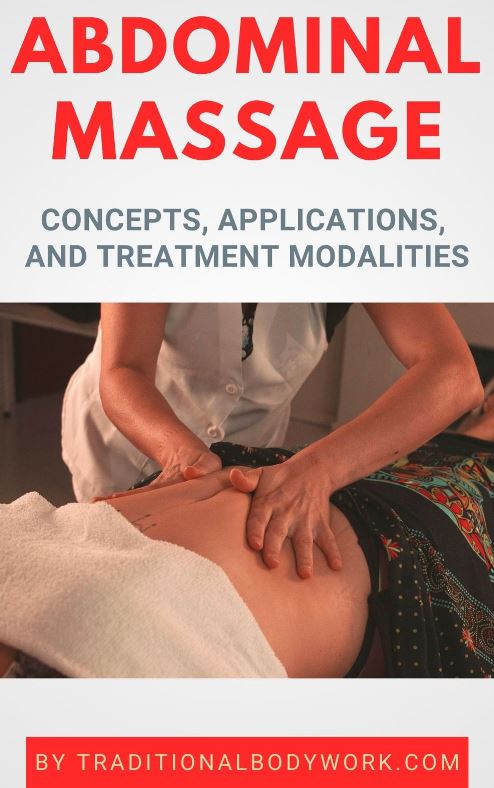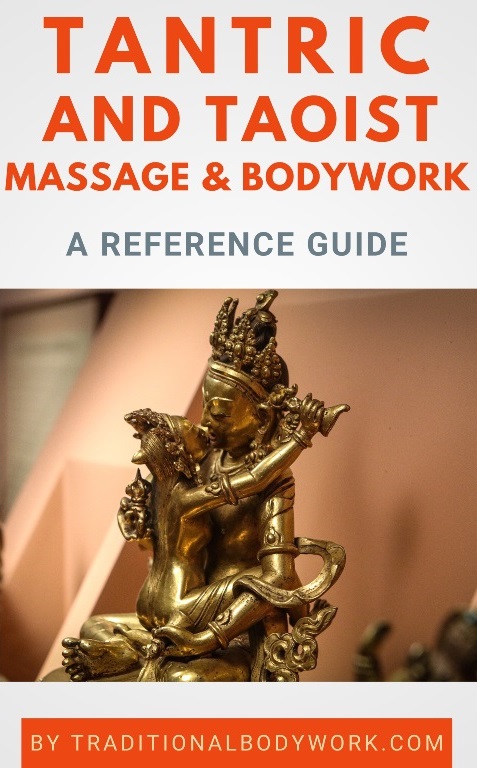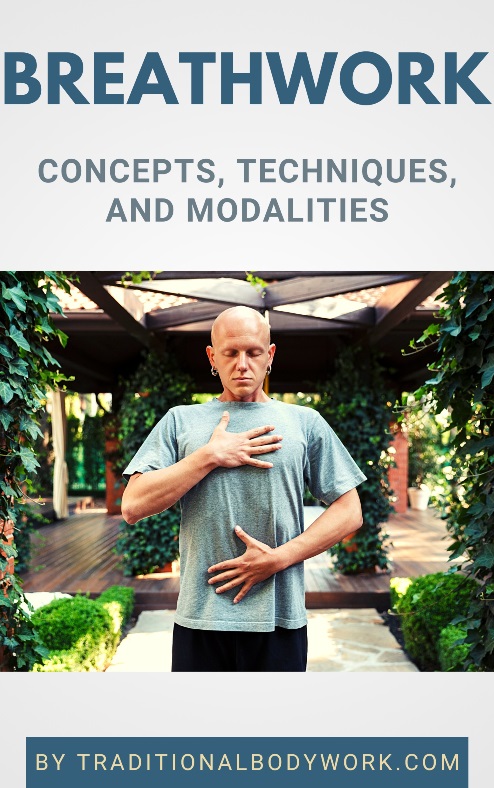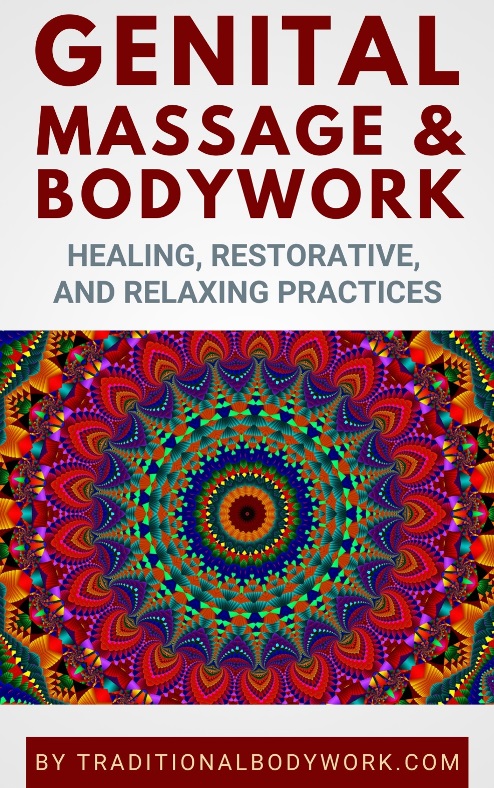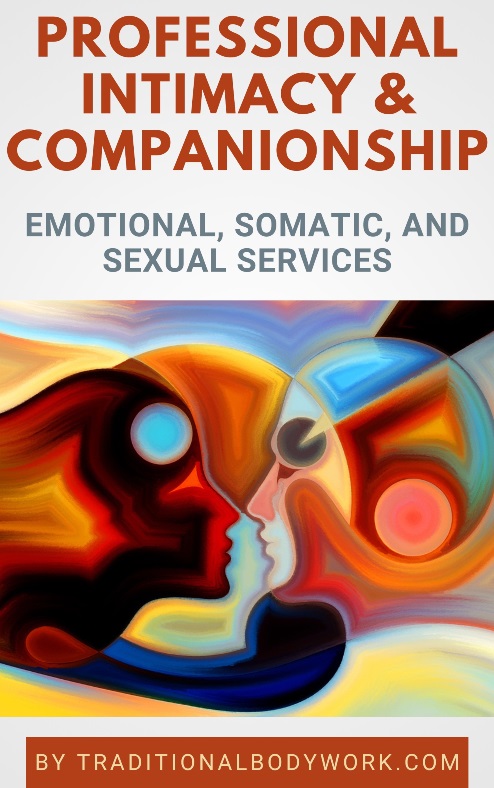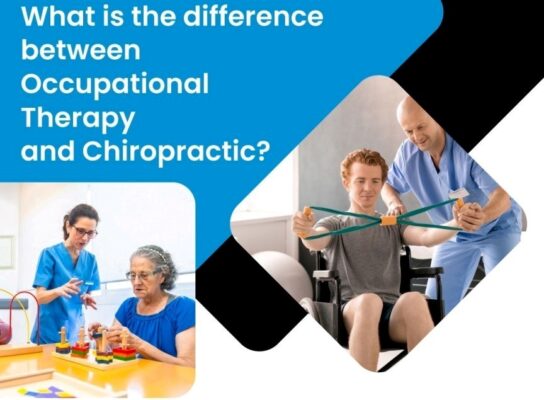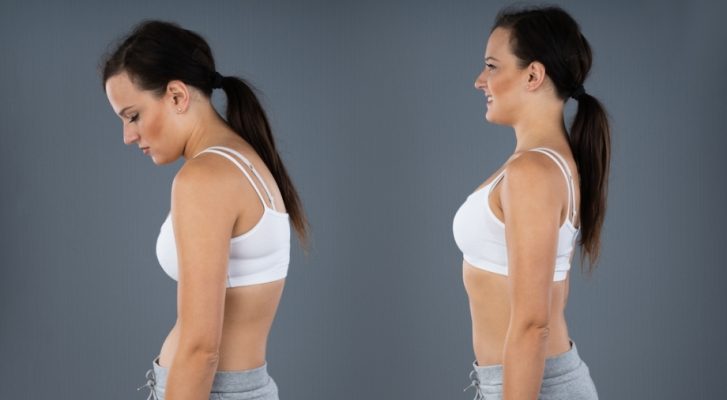
When you feel pain, tension, or discomfort, you might try to compensate for it with your body in ways that alleviate it or make it go away. Typically, you want compensate with other muscles, joints, postures, and/or adapted movements.
For instance, you might have pain in the right shoulder due to an injury, which you compensate by carrying your groceries with the left arm to give your right shoulder rest and avoid pain.

You may also have structural body impairments. For instance, you might not be able to use your legs, which can be (partly) compensated by building strong arms to efficiently and effectively use a wheelchair.
However, compensations may become a cause of pain or discomfort by themselves because ongoing compensations often cause tiredness, rigidness, and tension due to overuse and a lack of relaxation and rest.
Therefore, it’s important to identify your own compensation patterns because they might give clues to what is (or was) the real health issue, which often has little to do with the pain or discomfort of body parts that compensate.
Let’s look back at the example I just gave of carrying your groceries with the left arm.
Now, if that becomes a habit, it may cause overexertion and subsequent tensions or pains of the left shoulder. It can easily become a habit, because we tend to keep avoiding the use of a body part that suffered trauma. In this example, it means that we’ll subconsciously evade using the right arm to its fullest potential, even after the injury has long healed.
Interestingly enough, the result is that you may start to suffer from your left shoulder, but the actual cause is not so much the left shoulder itself, but a past injury of the right shoulder.
In fact, there’s no reason why you shouldn’t start using your right arm again. Nevertheless, the right arm and shoulder have become weak because they have been barely used over a longer period. Hence, strengthening and gradually reusing the right arm and shoulder becomes important or else they may too easily become overused and painful when using them again.
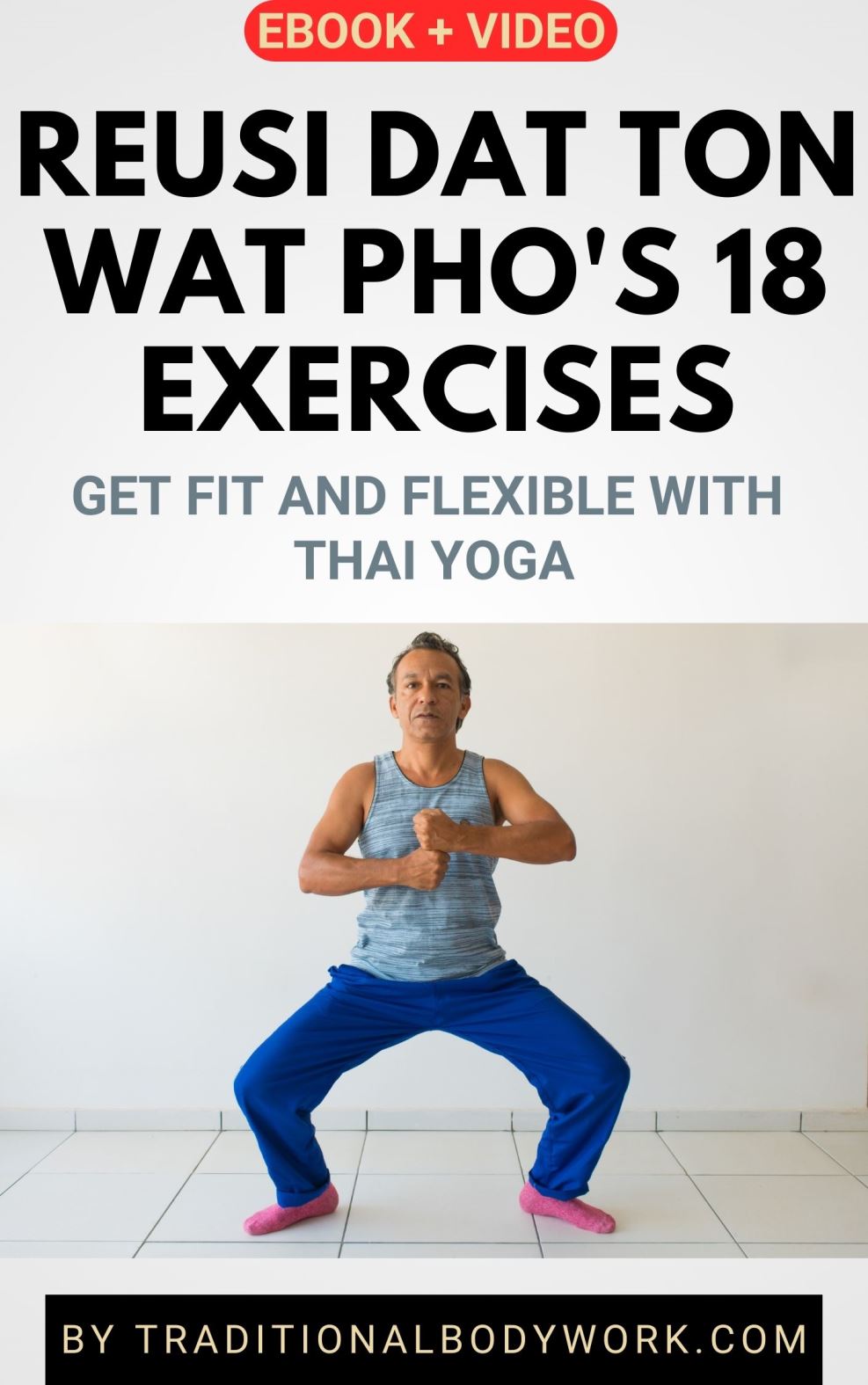
Another way people compensate discomforts or pains is to inhibit movements that cause those. For instance, someone who has lower back pains may tend to evade making abrupt movements to avoid shooting nerve pains in the back region.
However, over time, these “guarded movements” become a habit and will most likely result in rigid and tensed thigh, pelvic floor, and upper back muscles. That will perhaps avoid lower back pains, but in turn may lead to knee pains (due to tight thigh muscles), urinary and bowel problems (due to a tensed pelvic floor), and/or neck and shoulder pains (due to rigid upper back muscles).
So, bodily compensations can be very useful, but you need to keep paying attention to how they turn out: that is, if they cause other health issues and if you can stop using them after a time, while not forgetting the reason why you started compensating in the first place.

